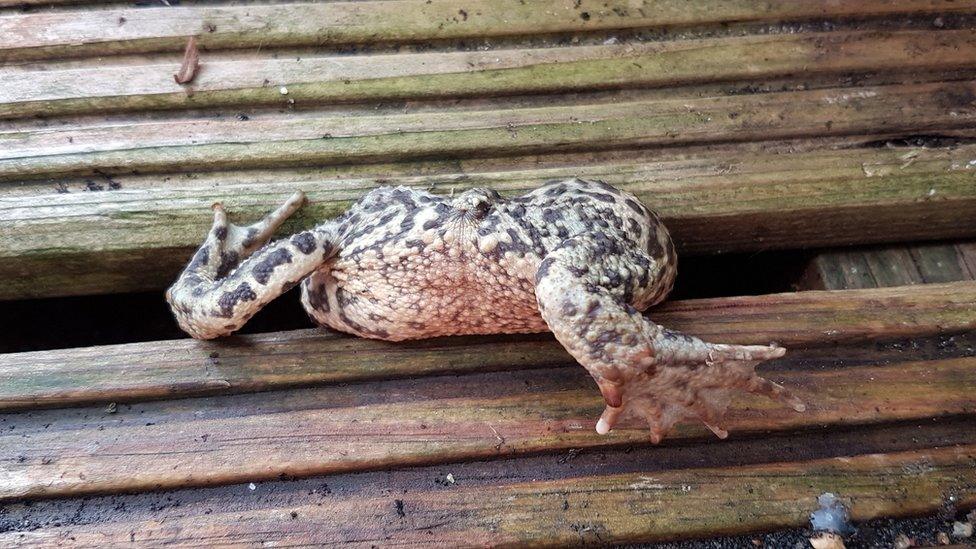Frog bones found in Cambridgeshire Iron Age ditch baffle experts
- Published
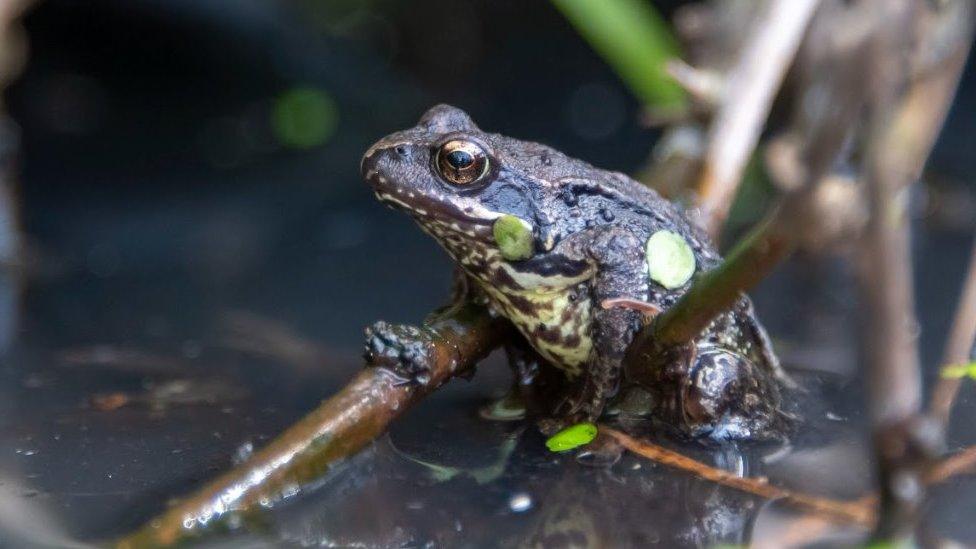
The bones of about 350 frogs and toads were found in a ditch
Experts are baffled after finding about 8,000 ancient frog and toad bones while excavating the route of a new road.
The bones, found in a ditch near the site of an Iron Age roundhouse at Bar Hill, near Cambridge, are the remains of about 350 amphibians.
Scientists from Museum of London Archaeology (Mola), said "the sheer quantity of remains, all concentrated in one single place, is extraordinary".
The do not know why the bones were there.
Most of the bones found on site were discovered in a 14 metre-long (46ft) ditch on the western side of a roundhouse which was in use during the Middle and Late Iron Age (400BC - AD43).
The experts from the museum group said very few other amphibian bones had been discovered on archaeological sites in the surrounding areas - even those located closer to rivers.
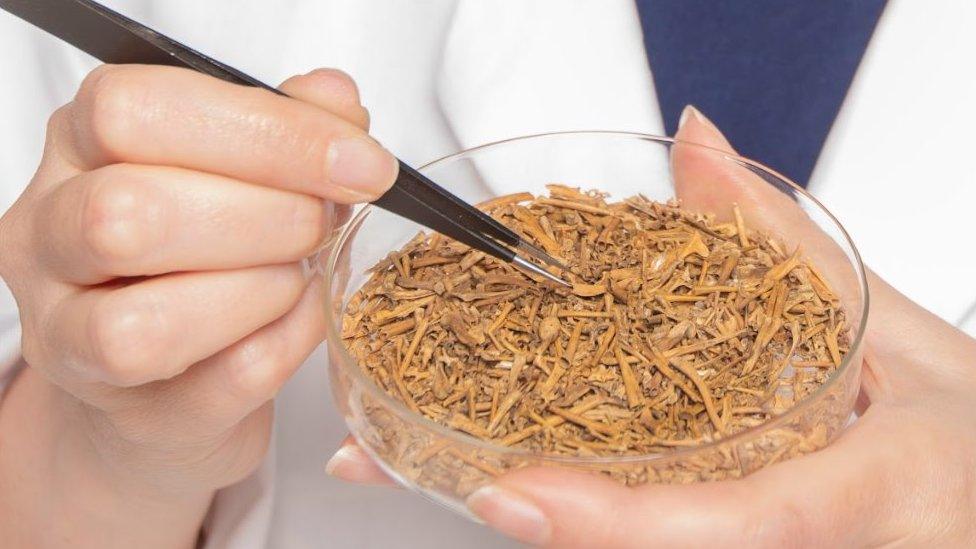
The thousands of tiny bones are being examined by experts
Mola said that while finding frog bones on digs was not unusual, the scale of this find was out of the ordinary.
This "surprising and strange discovery has led Mola zooarchaeologists [ancient animal bone experts] on a fascinating detective inquiry," they said.
Several theories have been suggested so far.
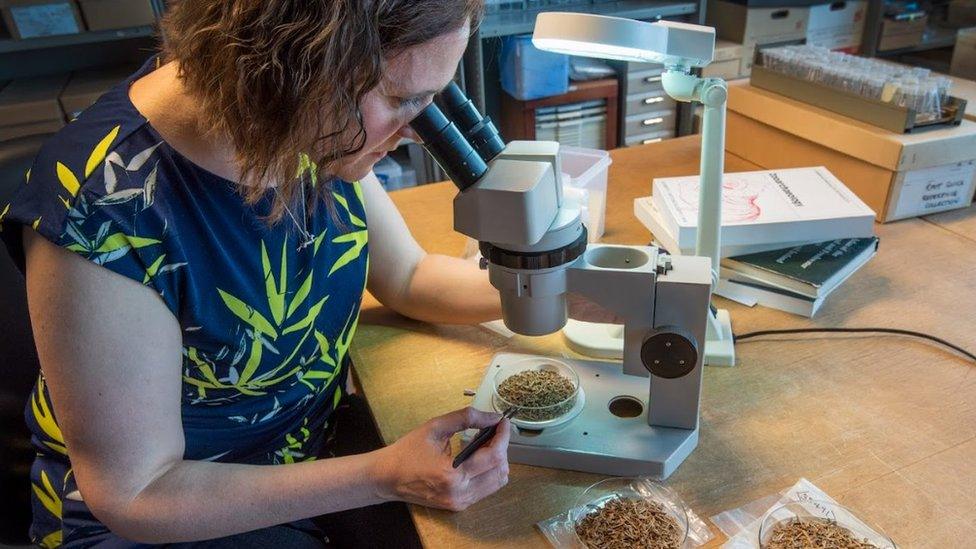
Dr Vicki Ewens, senior archaeozoologist at Mola is examining the remains
It seems unlikely the amphibians were eaten by humans or other animals or birds, as there are no burns, cut or bite marks on the bones.
They might have been attracted to the area by the promise of food, as nearby evidence of grain processing would have brought in beetles and aphids, which frogs are known to eat.
It was possible they could have fallen into the ditch of the roundhouse during migration in search of breeding grounds, and were unable to climb out.
They may have died while hibernating in the mud during a particularly cold winter, or have been killed off by a disease.
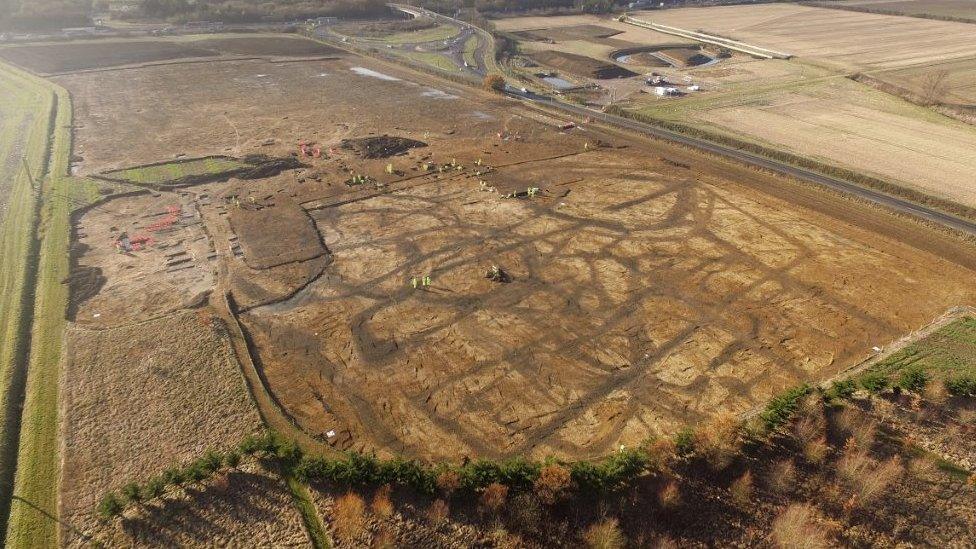
An aerial view shows the excavation site at Bar Hill in Cambridgeshire
Dr Vicki Ewens, senior archaeozoologist at Mola, said: "This is a puzzling and unexpected find, which we are still trying to fully understand.
"This accumulation of frog remains may have been caused by a number of different factors, possibly interacting over a long period of time - we just aren't sure yet what these were."
While the bones were uncovered during excavations along the new route of the A14 between 2016 and 2018, investigations into the various finds are still ongoing.
"Until then, this will remain a prehistoric frog mystery," archaeologists said.

Find BBC News: East of England on Facebook, external, Instagram, external and Twitter, external. If you have a story suggestion email eastofenglandnews@bbc.co.uk, external
- Published11 June 2022
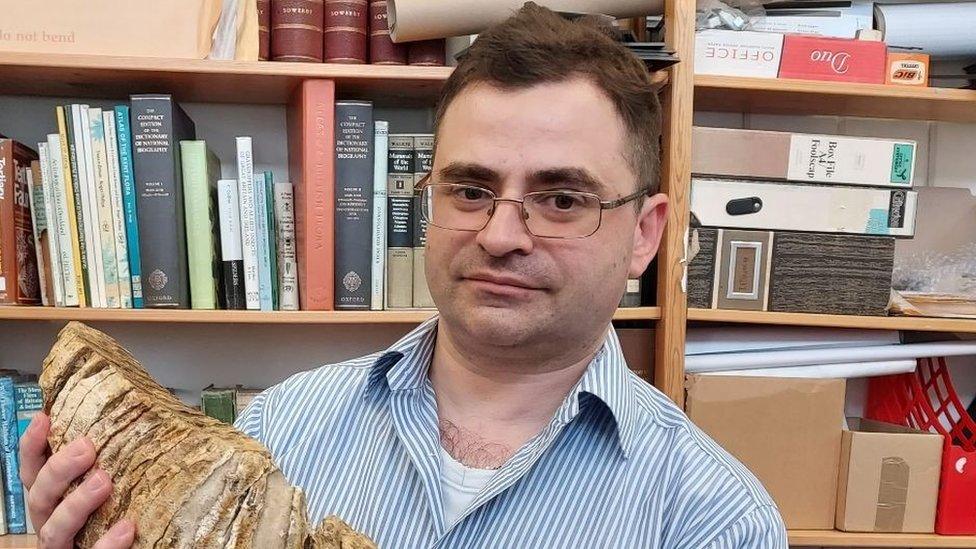
- Published31 March 2022
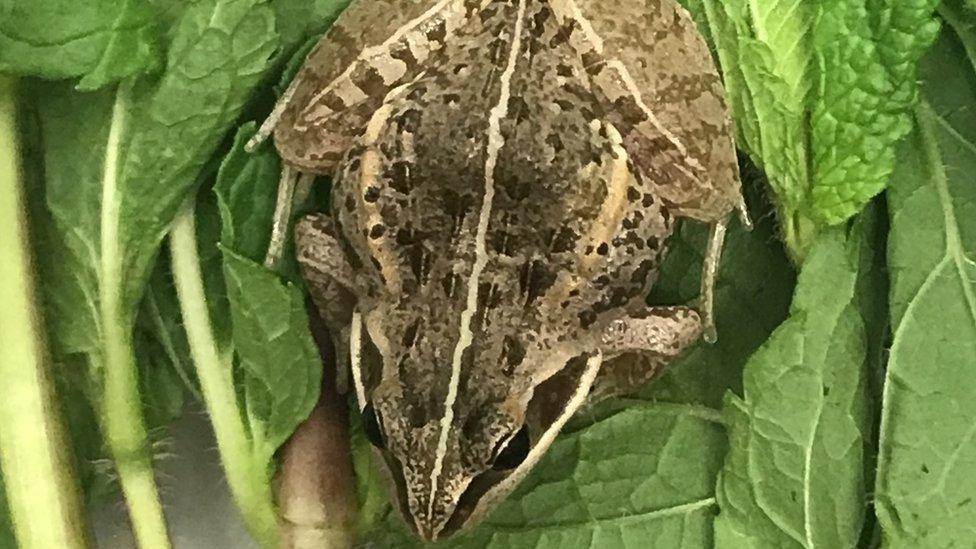
- Published19 October 2018
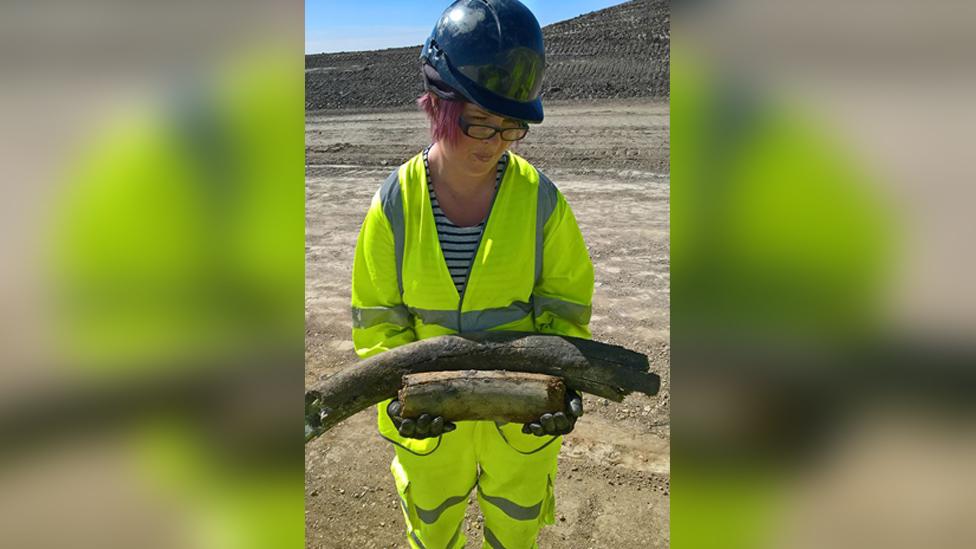
- Published21 July 2016
